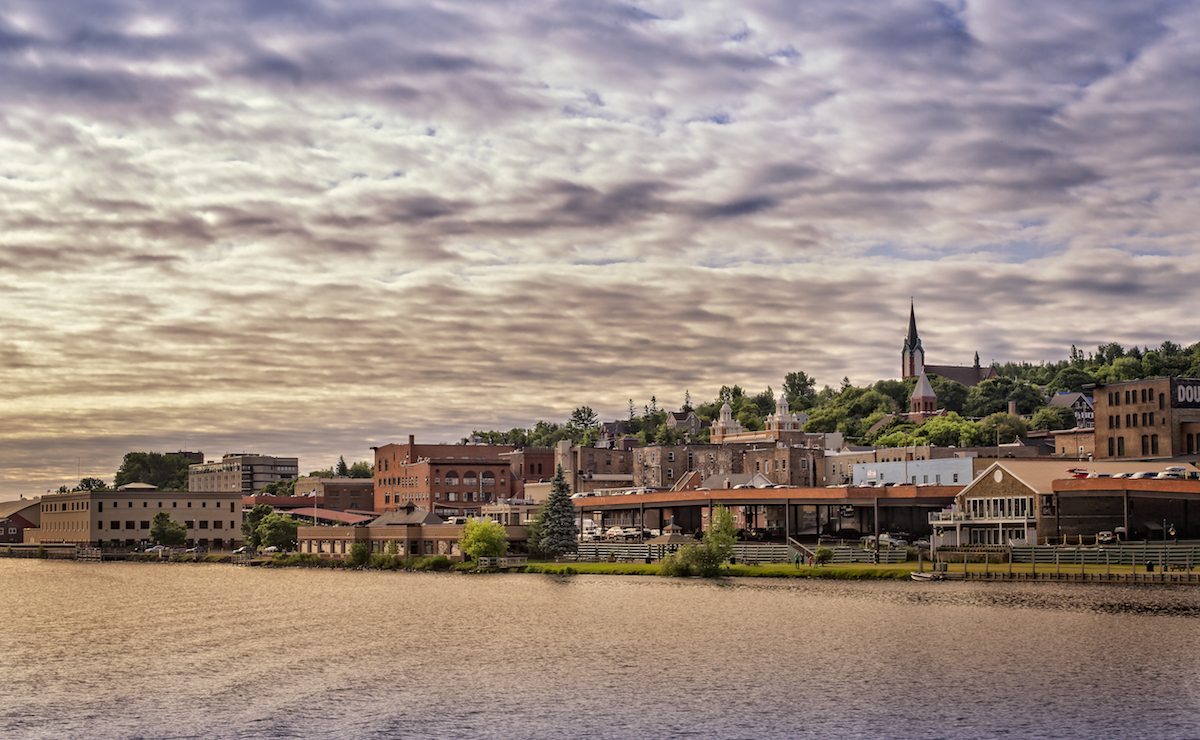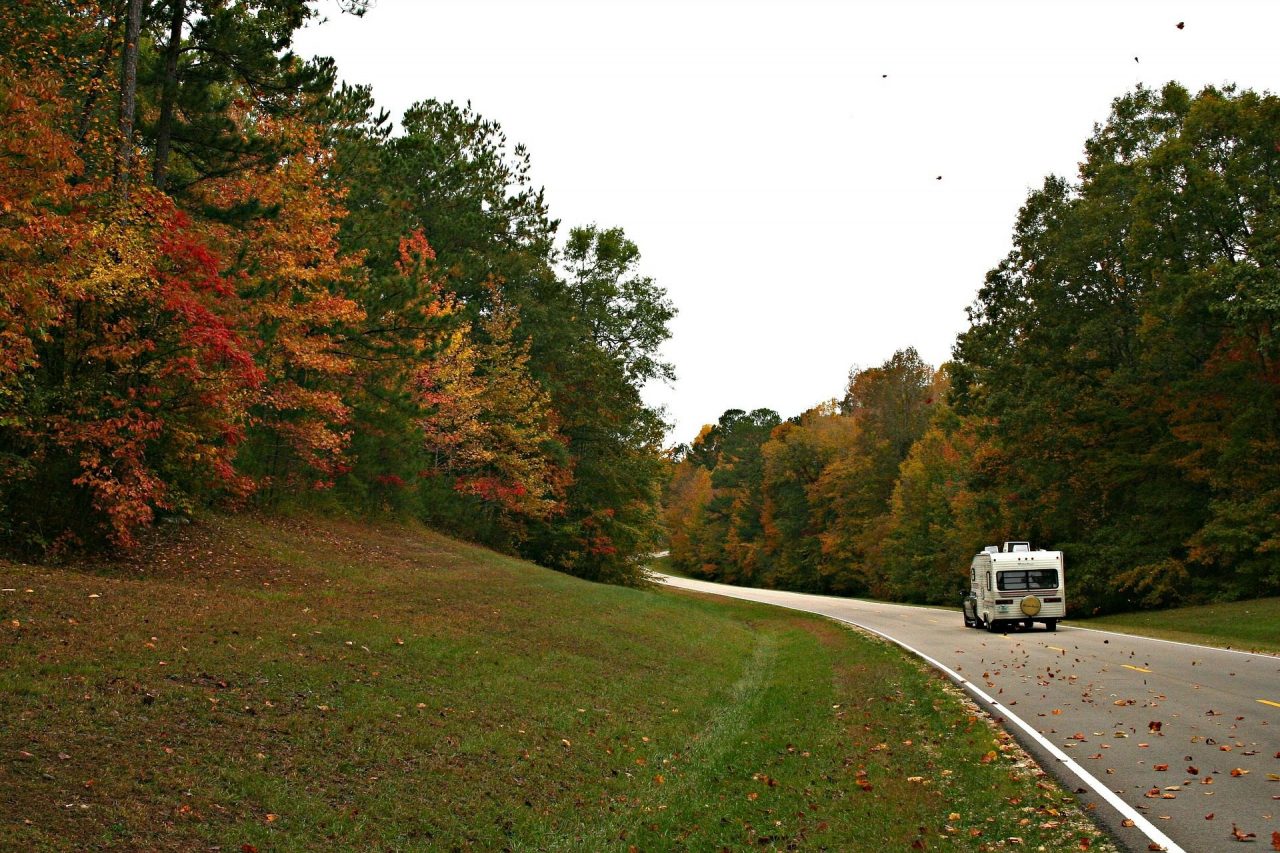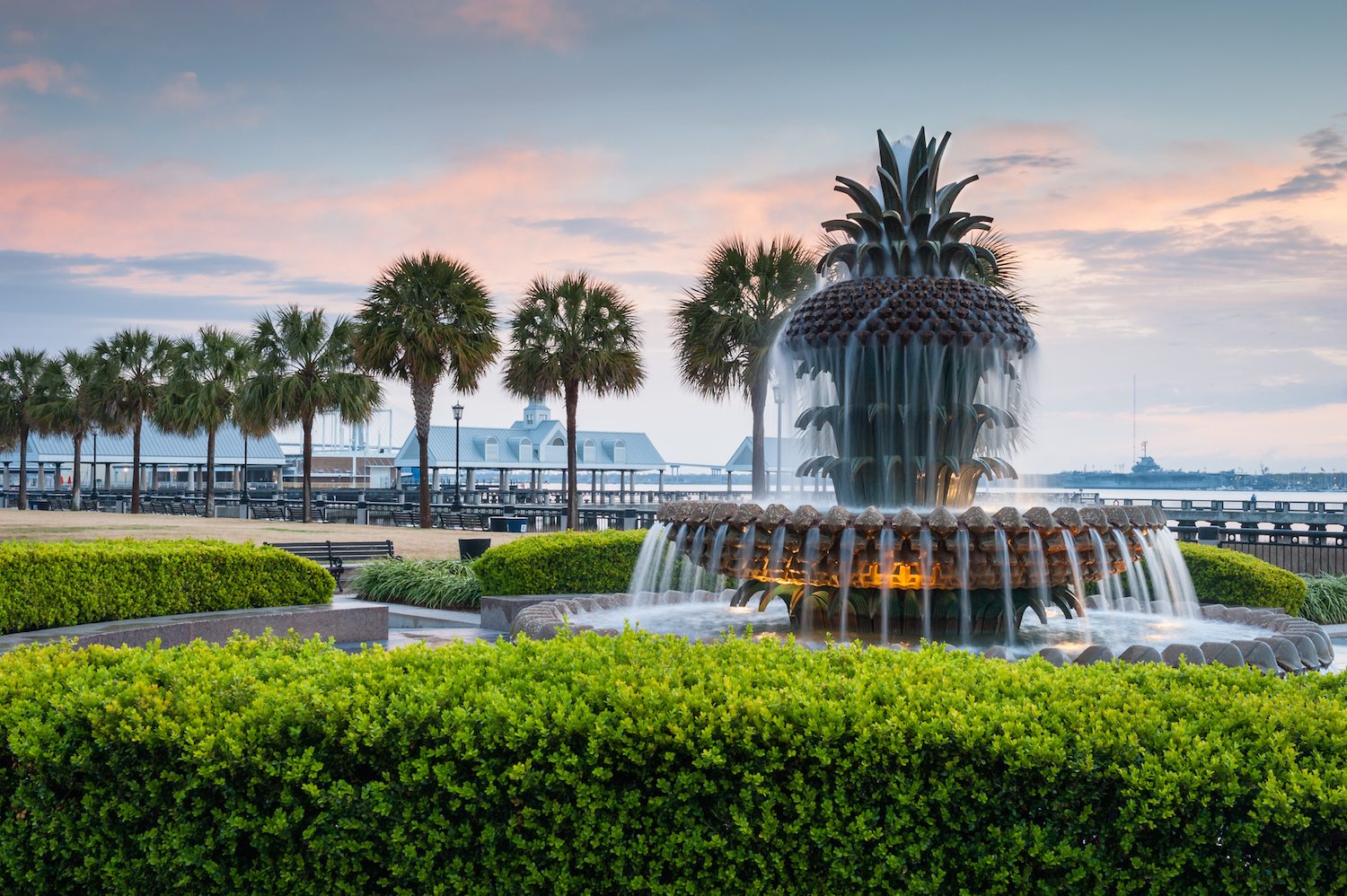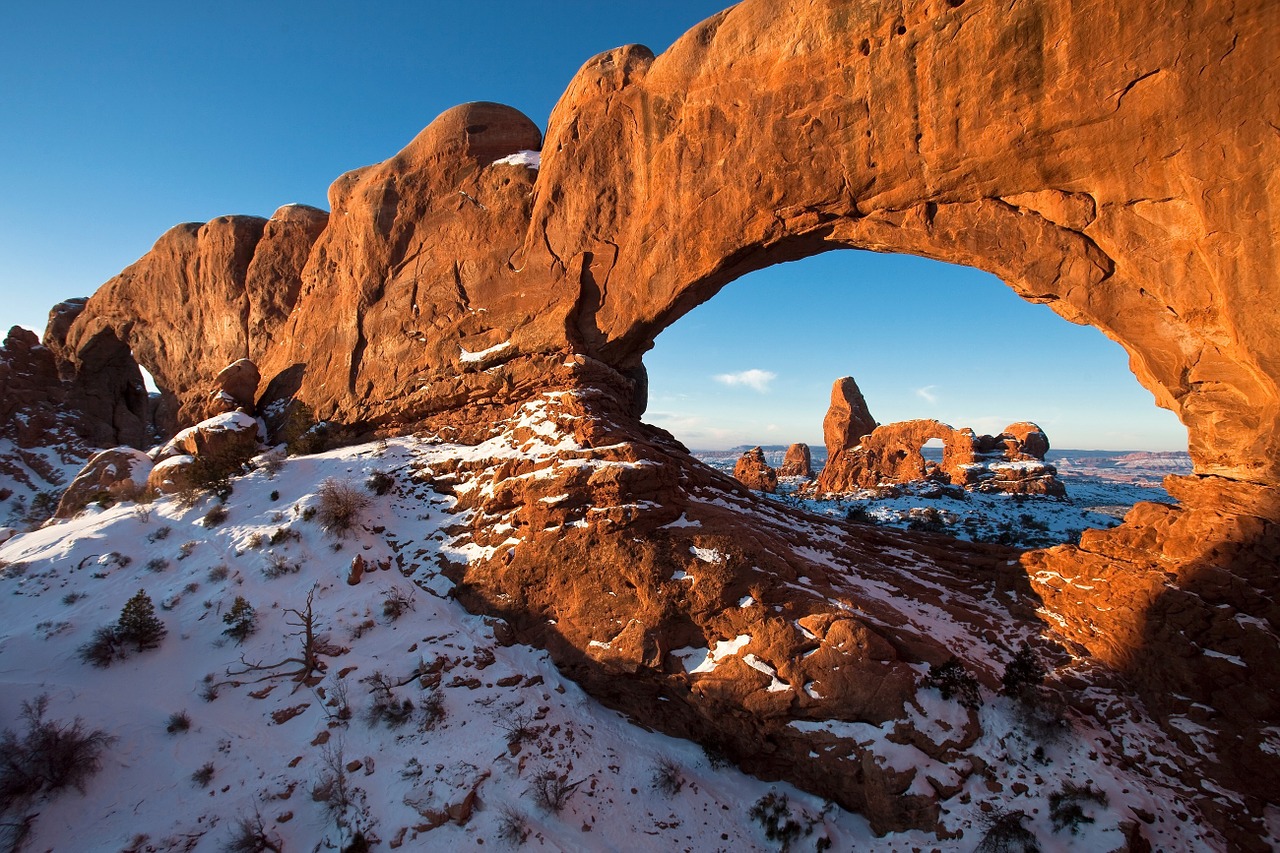Anyone who travels knows it’s easy to dive straight into poor habits as soon as you get on the road. Whether you’re ditching healthy eating or foregoing your regular exercise routine, there’s something about sailing down the dusty trail that gives you permission to indulge and soak up the carefree nature of being in motion.
That being said, some habits are still just as valuable to keep up on the road as you do at home. Maintaining a low carbon footprint is becoming an increasingly important topic of conversation, and even though green habits are harder to keep up on the road, they’re far from impossible.
If you’re hoping to boost your green efforts during your next RV trek, here are some tips to help you get started:
Recycle, Recycle, Recycle
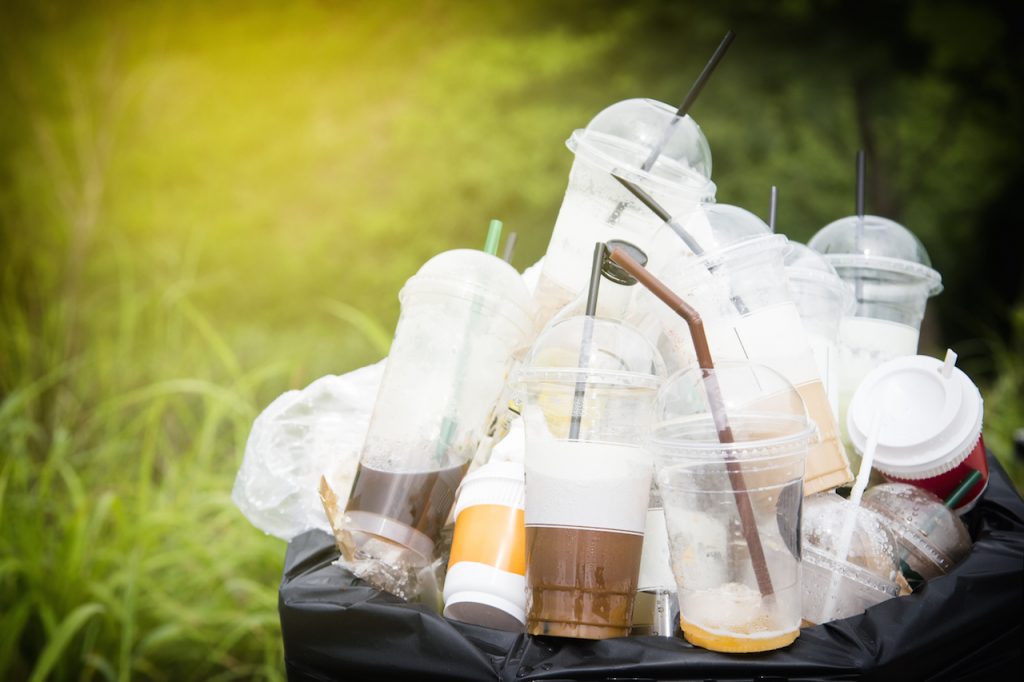
While it’s true that recycling on an RV trip isn’t nearly as convenient as recycling at home, it is doable. Create a space in your RV that’s the designated area for recycling, and try to make using it as habitual in your RV as it is for you at home.
The tricky part isn’t collecting the recyclables; it’s finding out where to dispose of them, as many campgrounds don’t offer to recycle. This is where it gets tempting to dump your collection off with the rest of your garbage, but you’ll feel much better about yourself if you don’t take the easy way out. After all, who doesn’t want to contribute to a healthier environment?
Instead, search for grocery stores or recycling centers near you, and plan that errand time into your travels. To make it simple, there are apps you can download, such as RecycleNation or iRecycle, that show you all nearby locations where you can take your goods.
Reduce Waste When Possible
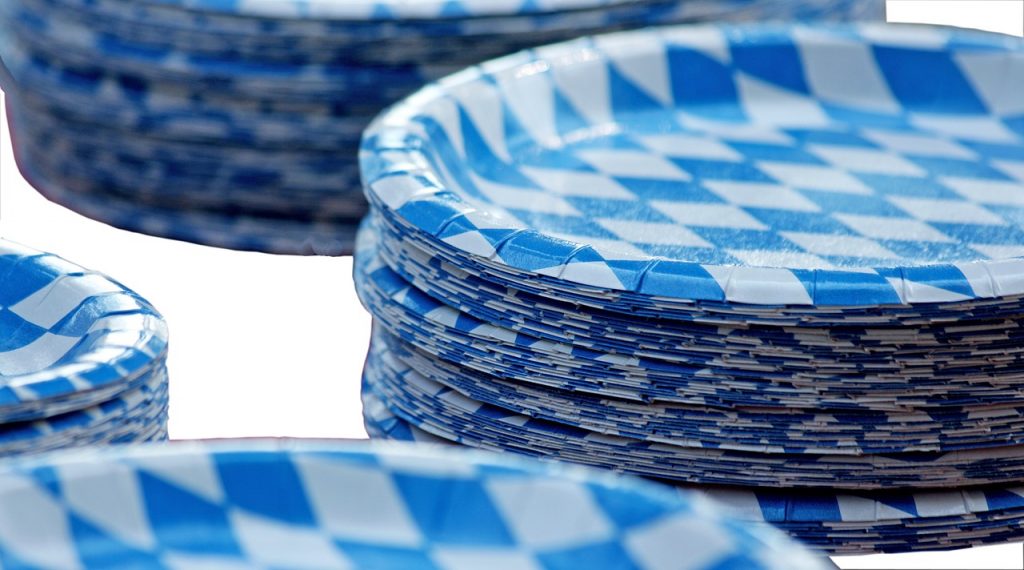
Reducing waste is a big part of maintaining an eco-friendly lifestyle. But, it’s far too easy to reach for a paper plate and plastic fork when you’re RVing. To minimize your waste production, avoid using disposable dishes and cutlery. Instead, opt for the old-fashioned reusable kind. It may not be as convenient, but single-use items amount to much trash. You can find shatter-resistant products as well to help ensure your investment is safe for travel.
Also, try to avoid buying single bottles of water. Instead, use durable water bottles. You can bring several large containers of water, such as refillable 5-gallon bottles, and them refill when necessary; Especially if you don’t have a solid water system set up in your RV yet.
Stay Cool Without Blasting the AC
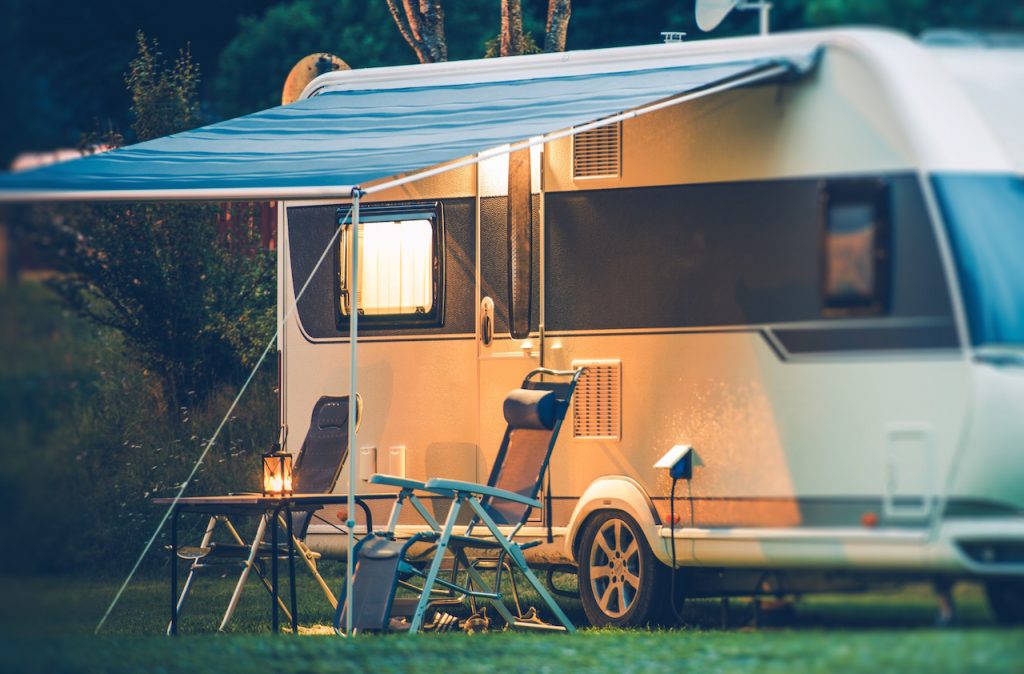
When you travel during warm seasons or toward hot climates, it’s natural to need a break from the heat. Air conditioning is a luxury we all turn to when the temperature is overwhelmingly warm, but AC units aren’t exactly known for their low energy requirements.
No one is going to blame you for using your AC during scorching days. But, the good news is that there are alternative ways to stay cool. Here are a few ideas to help you do just that:
-
- Hang out underneath your RV awning. The awning is designed to provide relief from the overbearing sun, so try and create a lounge-worthy shade-covered area to sit and relax if your RV gets too hot.
- Invest in an RV awning shade. If it’s still hot underneath your awning, you can attach an additional piece of mesh fabric, sometimes referred to as an awning shade or sun blocker. This can keep out the majority of the sunlight, helping to keep you even cooler.
- Hang up window shades. This will help prevent sunlight from heating up the inside of your RV.
-
- Park your RV in the shade. If you know you’re going to be headed to a warm location, try to pick somewhere that is abundant in trees. By parking your RV in the shade, you can significantly reduce the amount of sunlight that enters into your rig.
- Avoid cooking inside during the hottest part of the day. Eat cold sandwiches instead of trying to whip something up on your RV’s stove. Using the stove will only heat up your rig. You’ll also save energy if you don’t have to warm up your food.
Choose Eco-Friendly Cleaning and Hygiene Products
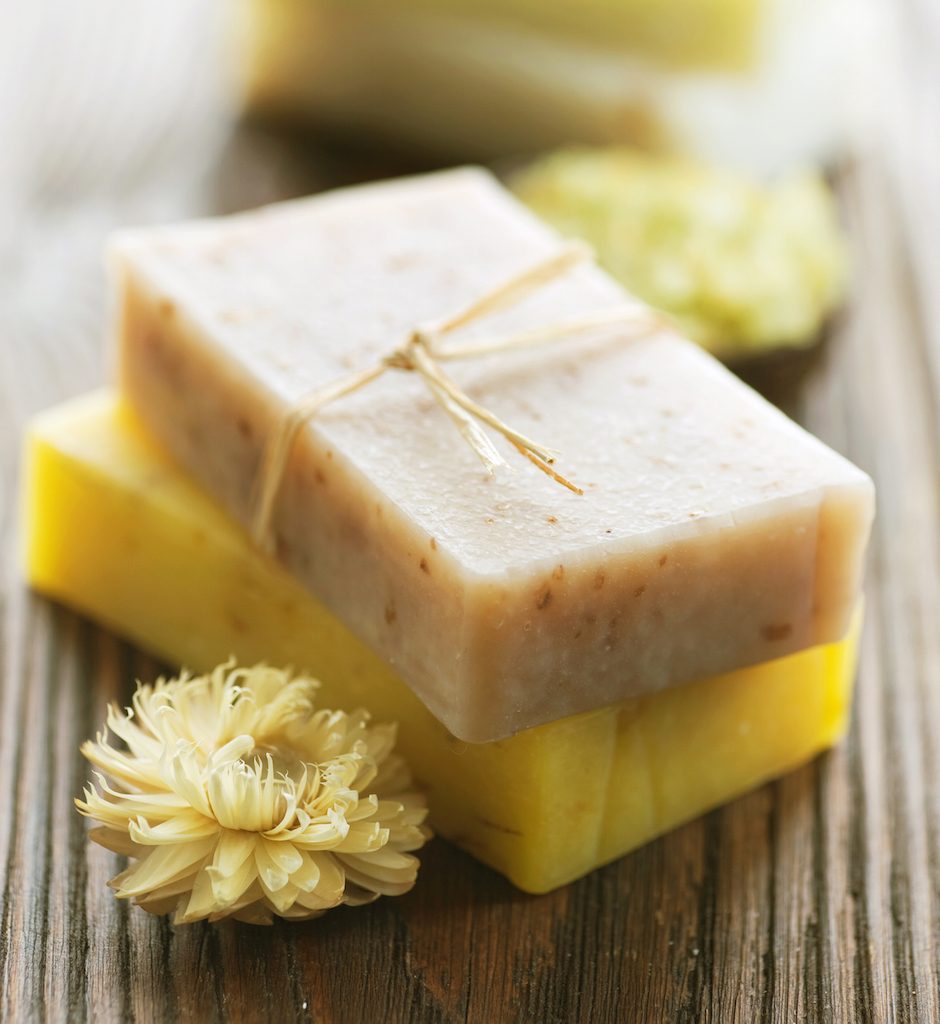
Harsh chemicals and toxins found in soaps, all-purpose cleaners, shampoos, and septic tank products can pollute the environment. While it is essential to dispose of your wastewater ethically and legally, there’s always a risk of spillage.
You can better protect the Earth by only buying non-toxic, environmentally-friendly cleaning and hygiene products. This should be easy, as there are more eco-conscious brands than ever before, but you can also search for instructions on how to make your own.
Be Mindful of Camp Fires
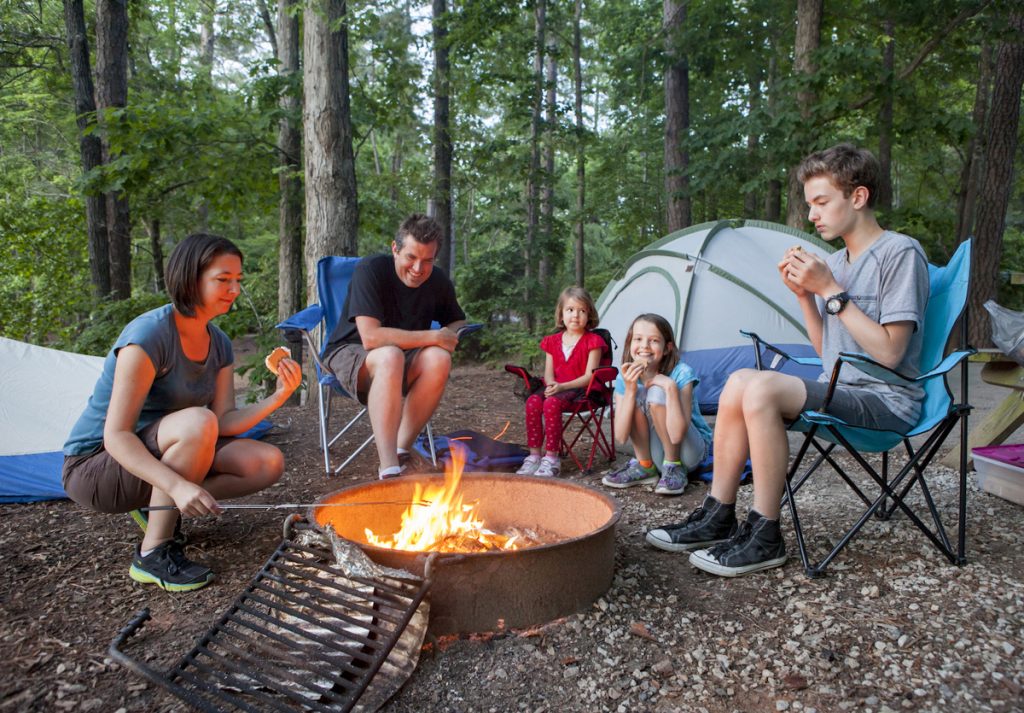
It’s hard to imagine the ideal camping trip without picturing you and your travel companions nestled next to the fire, exchanging funny stories over gooey s’mores and tasty beverages. However, fires produce smoke and contribute to air pollution, which isn’t exactly beneficial to the environment.
The best thing to do would be to forgo the fires altogether. Consider talking over headlamps or LED lights. If your heart is absolutely set on the nostalgia of the campfire ritual, keep your fires small, and don’t let them burn for too long. Another big, important thing to remember is never to throw any trash into the fire, as this releases even more toxins into the air.
Closing Up
There are many ways to look out after the planet while on the road. These tips should help give you a jumpstart to greenifying your next RV trek. As the famous saying goes, take only photos, leave only footprints.
Where are you headed next? Here are some ideas for your next road trip. Here too (you have to eat, right?) Happy Travels!



